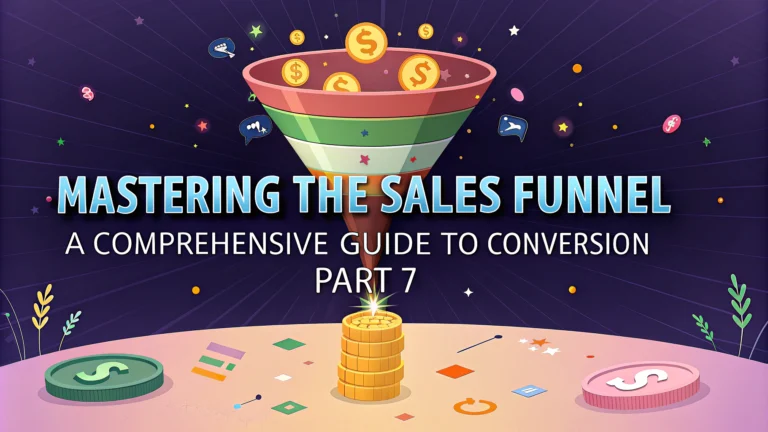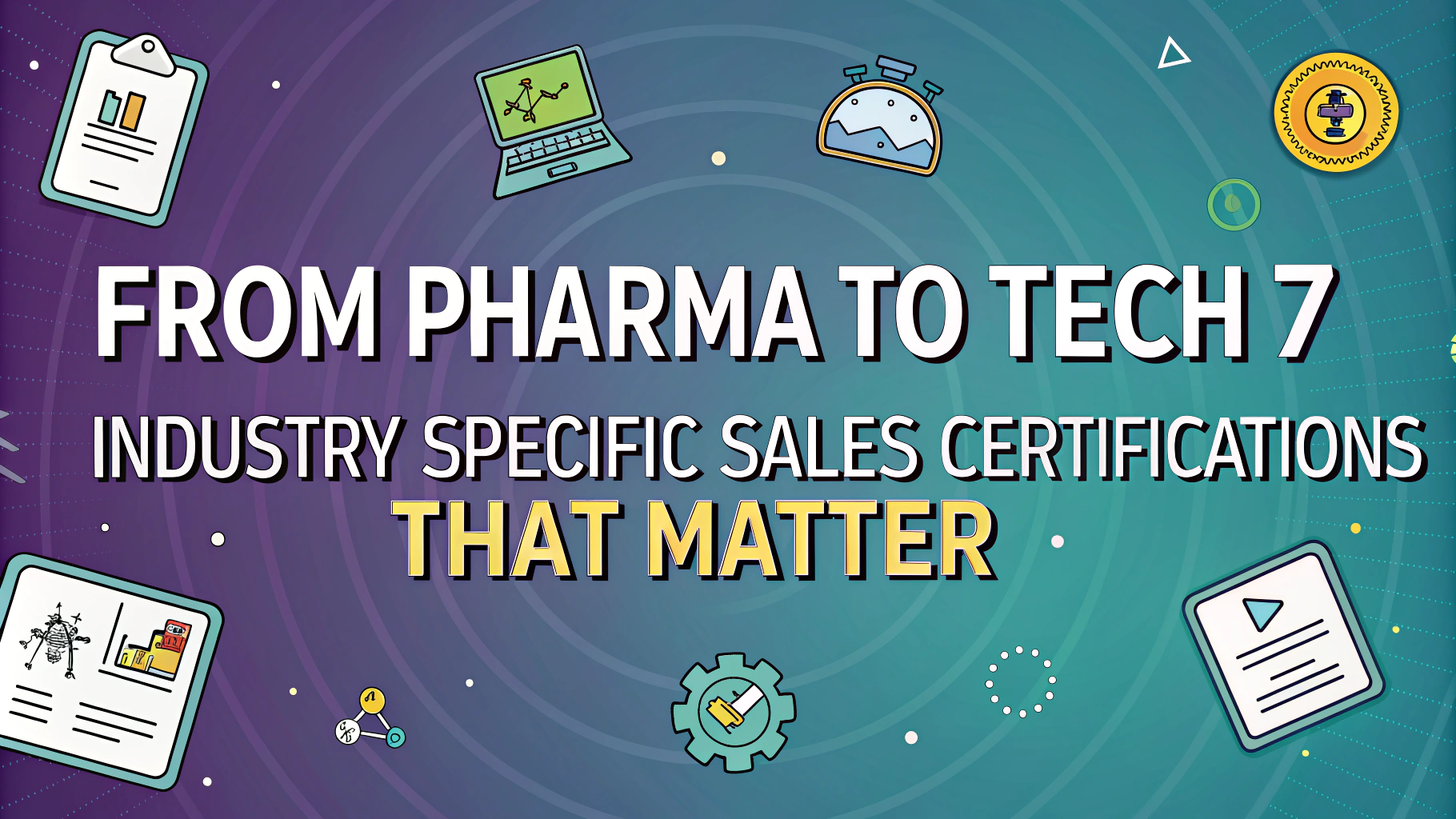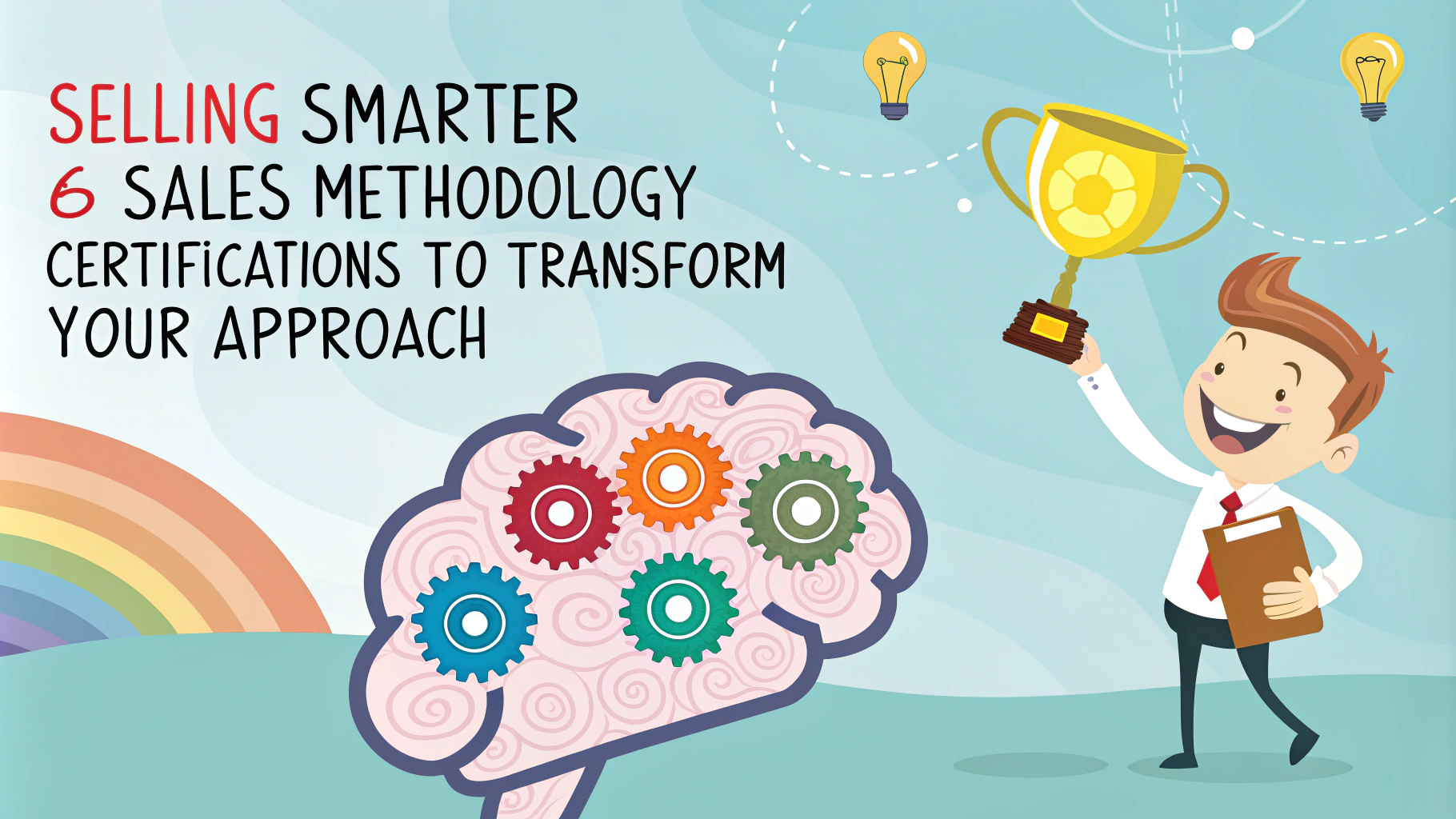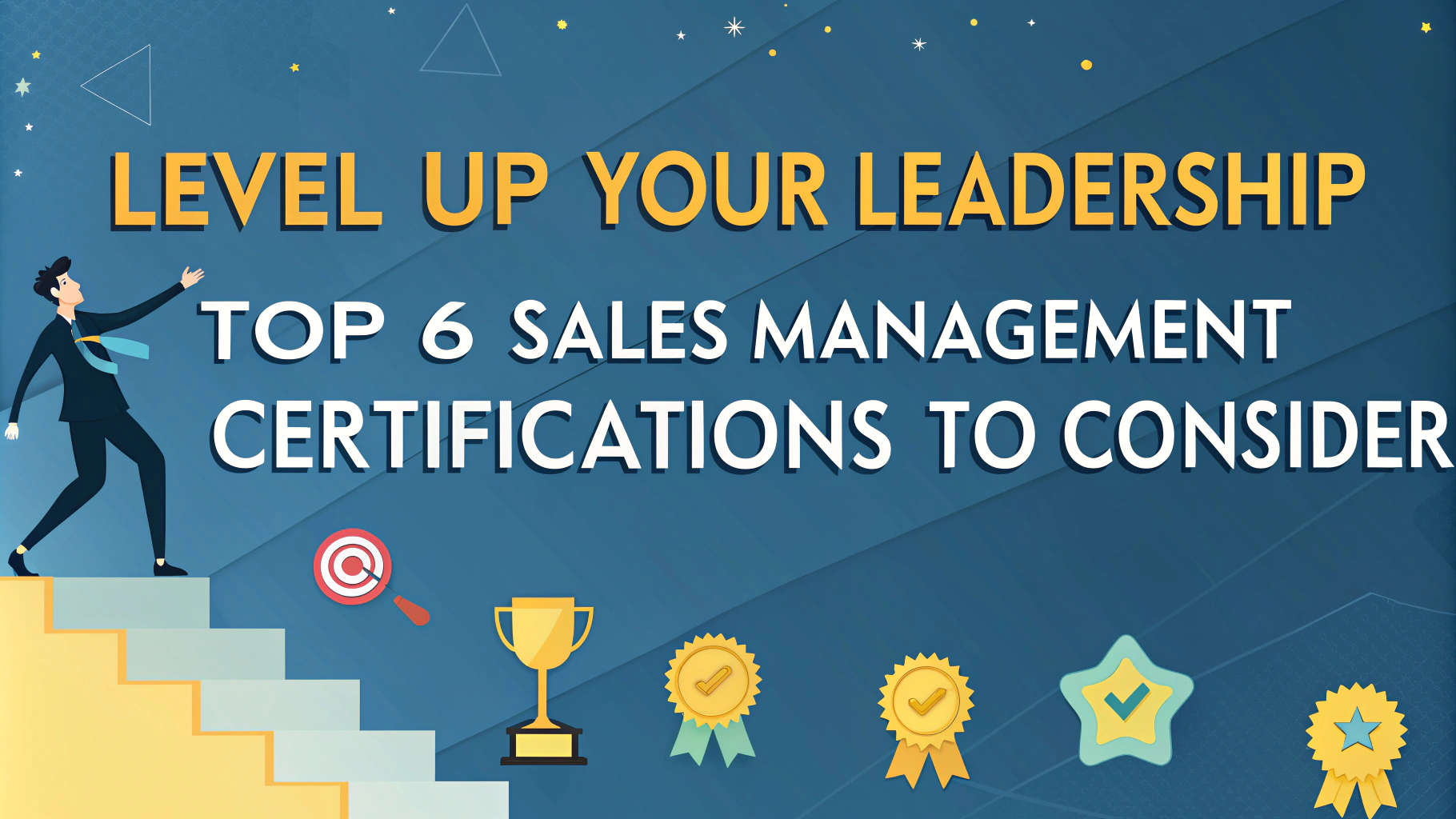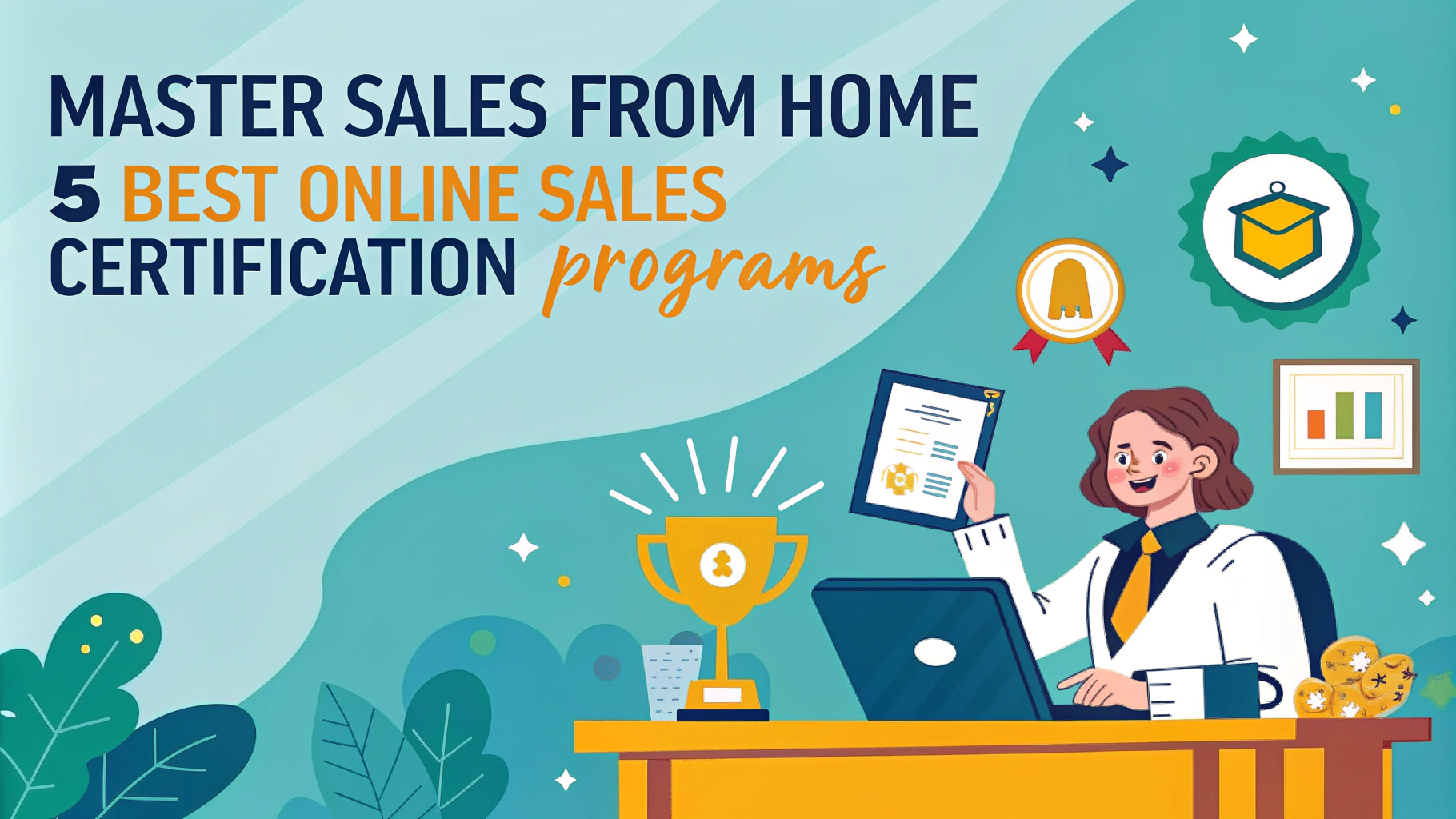A well-structured sales funnel is the backbone of any successful business. This article explores key strategies to enhance your sales process, boost engagement, and increase conversions. We’ll break down the funnel stages and provide actionable tips to optimize each step.
Understanding the Sales Funnel Concept
The sales funnel represents the journey potential customers take from initial awareness to final purchase. It consists of four main stages:
1. Awareness: Prospects become aware of your product or service
2. Interest: They show interest and seek more information
3. Decision: They evaluate options and consider making a purchase
4. Action: The prospect becomes a customer by making a purchase
Understanding these stages helps tailor your marketing and sales efforts for maximum impact.
Attracting Prospects at the Top of the Funnel
The top of the funnel focuses on attracting potential customers and creating awareness. Key strategies include:
- Create valuable content that addresses your target audience’s pain points
- Optimize your website for search engines to increase organic traffic
- Leverage social media platforms to expand your reach
- Use paid advertising to target specific demographics
Remember to focus on providing value rather than hard selling at this stage.
Nurturing Leads in the Middle of the Funnel
Once prospects show interest, it’s time to nurture these leads. Effective tactics include:
- Implement email marketing campaigns to provide relevant information
- Offer free resources such as ebooks, webinars, or case studies
- Use retargeting ads to stay top-of-mind
- Provide personalized content based on user behavior and preferences
The goal is to build trust and establish your brand as an authority in your industry.
Converting Prospects at the Bottom of the Funnel
As leads move closer to making a decision, focus on:
- Offering product demos or free trials
- Providing detailed comparisons with competitors
- Showcasing customer testimonials and case studies
- Creating a sense of urgency with limited-time offers
Make it easy for prospects to take action by streamlining the purchasing process and offering multiple payment options.
Enhancing Your Online Presence
To optimize your sales funnel effectively, you need a strong online presence. This involves more than just having a website. Consider these strategies:
- Search engine optimization (SEO): Improve your website’s visibility in search results
- Content marketing: Create valuable, relevant content to attract and engage your target audience
- Social media marketing: Build relationships and interact with potential customers on various platforms
- Pay-per-click (PPC) advertising: Target specific keywords and demographics to drive qualified traffic
Implementing these tactics helps you cast a wider net and attract more potential customers to the top of your sales funnel.
Leveraging Analytics and Data
Data-driven decision-making is key to optimizing your sales funnel. Use analytics tools to:
- Track user behavior on your website
- Identify bottlenecks in your funnel
- Measure the effectiveness of your marketing campaigns
- Analyze customer demographics and preferences
By understanding your data, you can make informed decisions to improve each stage of your sales funnel. For example, if you notice a high drop-off rate at a specific point, you can focus on optimizing that area.
Personalizing the Customer Experience
Personalization can significantly boost conversion rates. Consider these approaches:
- Segmentation: Divide your audience into groups based on behaviors, preferences, or demographics
- Dynamic content: Show different content to different users based on their interests or past interactions
- Personalized email campaigns: Tailor your email content and offers to individual subscribers
- Recommendation engines: Suggest products or content based on user behavior and preferences
By providing a more relevant and personalized experience, you increase the likelihood of moving prospects through your sales funnel.
Continuous Testing and Optimization
Optimizing your sales funnel is an ongoing process. Regularly test and refine your strategies to improve performance:
- A/B testing: Compare different versions of your website, emails, or ads to see which performs better
- Conversion rate optimization (CRO): Systematically improve elements of your funnel to increase conversions
- User feedback: Gather insights directly from your customers through surveys or interviews
- Competitor analysis: Stay informed about industry trends and competitor strategies
By consistently testing and optimizing, you can adapt to changing customer needs and market conditions, ensuring your sales funnel remains effective.
Conclusion
Optimizing your sales funnel is a continuous process that requires attention to detail, data analysis, and a willingness to adapt. By focusing on attracting quality leads, nurturing relationships, and providing value at every stage, you can significantly improve your conversion rates.
Remember to leverage technology, personalize experiences, and consistently test and refine your approach. With these strategies in place, you’ll be well-equipped to guide prospects through your sales funnel and turn them into loyal customers.
Keep in mind that what works for one business may not work for another. It’s essential to understand your unique audience and tailor your funnel optimization efforts accordingly. Stay customer-focused, be willing to experiment, and always strive for improvement in your sales process.

